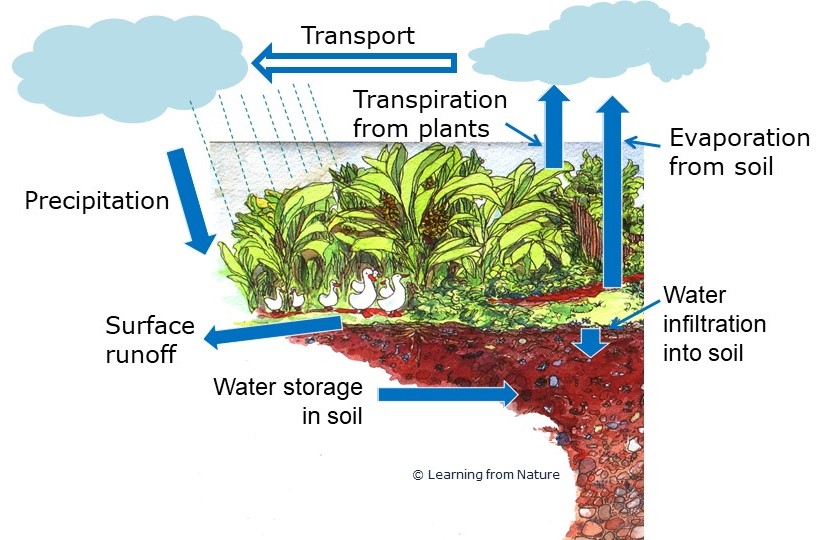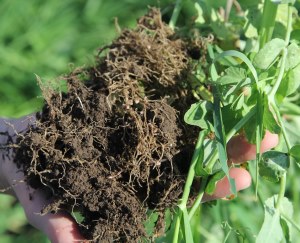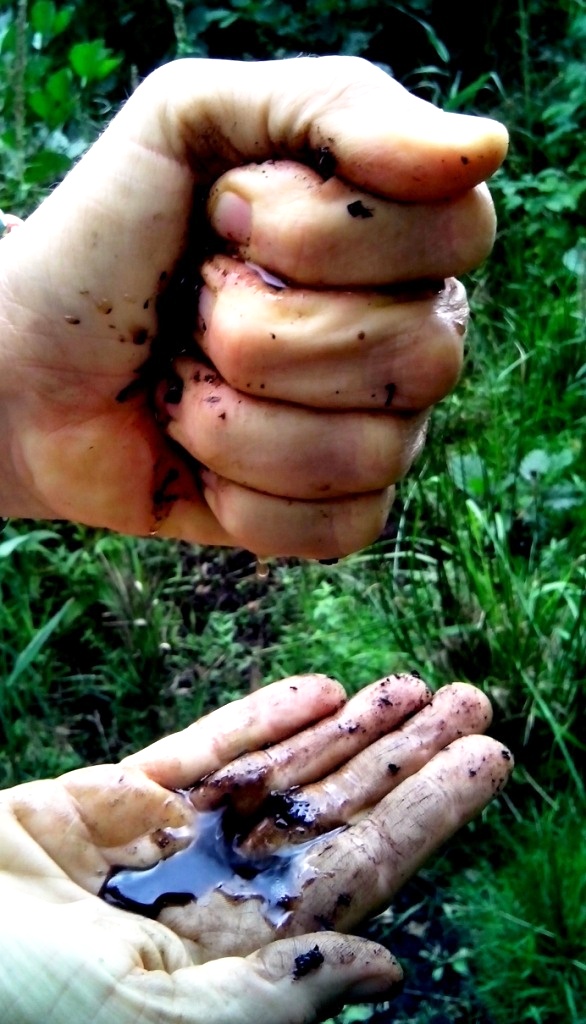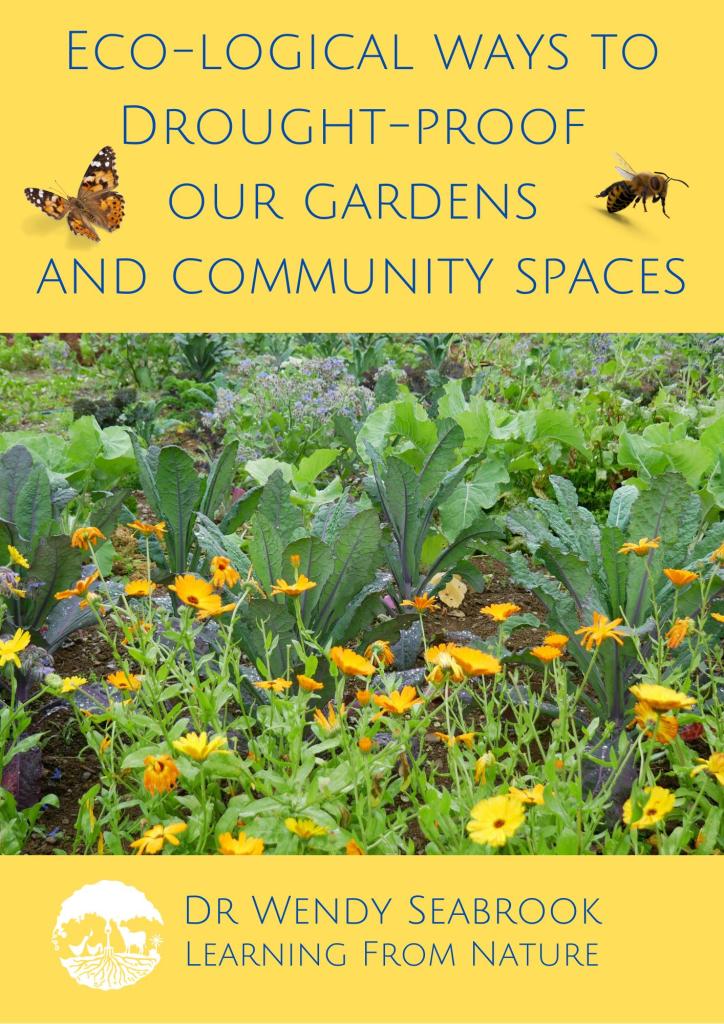Water is essential for our gardens to thrive and provide healthy food for our families. Standard solutions – spreading mulch, growing drought-tolerant plants, using irrigation and greywater, will help drought-proof your garden. However, there is a remarkably straightforward solution we tend to overlook – getting more water into and stored in our soil.
How do we do this?
Using the vegetation to enhance our soil’s capacity to capture and store water and reduce water loss from evaporation. Vegetation provides shade and wind protection, reducing water loss from evaporation. Living ground covers, leaf litter, and mulch reduce runoff. But do you know the other indispensable role plants play?
Plants are the primary food source for the soil organisms responsible for maintaining soil structure and producing organic matter – the two things crucial for increasing water infiltration and storage in our soil.
See the blue arrows in the diagram below.

Eco-logical Principles
Soil organisms that are supplied with a generous, diverse and preferably consistent supply of:
- Organic waste materials from plants, livestock and other living organisms,
- Decaying roots, and
- Root exudates (the sugars and proteins that plants release from their roots)
break down the organic waste materials into organic matter, and build a crumbly soil structure with water-holding particles (aggregates) and spaces in between for water storage.
Organic matter acts like a sponge storing incredible amounts of water – up to 90% of its weight.[1]

Spreading mulch and compost isn’t as effective because only a small portion of the organic materials from above-ground inputs are retained long-term as organic matter.[2.3] Organic materials from plant roots and root exudates are needed to increase the levels of organic matter stored in our soil.[4]
Two Things to Remember
- The warmer (and wetter) your climate – the more food your soil organisms need to help drought-proof your garden.
- Don’t worry that the extra vegetation will suck too much water out of the ground through transpiration.
Transpiration is the process by which water gets transported from plant roots to the leaves, where it is released into the atmosphere as water vapour. Research shows that as your soil improves, less water will get lost overall because of the reduction in water loss from evaporation, combined with increased water infiltration and storage in your soil.[6]
Advantages of this Eco-logical Approach
- Make the most of the water you have available and extend your growing season by keeping soil moist well into dry times.
- Reduce your water bills.
- Plants grown to feed your soil ecosystem feed your family too!
- Help in a small way to increase precipitation.
>>See the Benefits in this Video
Getting more Support
It’s hard to feel positive during a drought. Use these resources to develop eco-logical solutions, get your seeds, seedlings, and planting materials ready for when the rain does come!
Recommended articles –
- What is Healthy Soil?
- How to Build Healthy Soil – Eco-logically
- Trees make Rain – there is science now to prove it!
- How can we increase Rainfall – Eco-logically
Or get everything you need to know to drought-proof your garden using this resource – Drought-Proof your Garden.
References for How to Drought-Proof your Garden
[1] Jones, C. E., 2006, Carbon and catchments. National’ Managing the Carbon Cycle’ Forum, Queanbeyan, NSW, 22-23 November 2006.
[2] Michael W. I. Schmidt, Margaret S., et al., 2011, Persistence of soil organic matter as an ecosystem property, Nature 478
[3] Daniel P. Rasse, Cornelia Rumpel & Marie-France Dignac, 2005, Is soil carbon mostly root carbon? Mechanisms for a specific stabilisation, Plant and Soil (2005) 269: pp 341–356
[4] Andrea D. Basche & Oliver F. Edelson., 2017, Improving water resilience with more perennially based agriculture. Agroecology and Sustainable Food Systems, 41:7, 799-824.
Featured image © Jason Deines

